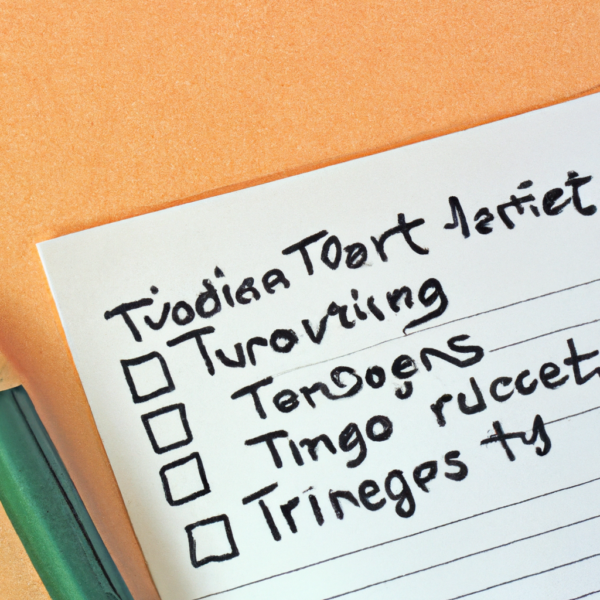Tips for Building a Diversified Investment Portfolio: Maximizing Returns and Minimizing Risk

Introduction
Building a diversified investment portfolio is crucial for long-term financial success. Diversification helps spread risk and maximize returns by investing in a variety of assets. Here are some valuable tips to consider when constructing a well-diversified investment portfolio.
1. Determine Your Investment Goals
Before embarking on building a diversified portfolio, it is important to identify your investment goals. Are you saving for retirement, a down payment on a house, or your child’s education? Clarifying your investment objectives will help guide your asset allocation strategy.
2. Understand Risk Tolerance
Assessing your risk tolerance is crucial in determining the right mix of investments for your portfolio. Some individuals are comfortable with higher-risk investments, while others prefer a more conservative approach. Understanding your risk tolerance will help you select suitable investments that align with your comfort level.
3. Asset Allocation
Asset allocation refers to the distribution of your investments across different asset classes, such as stocks, bonds, cash, and real estate. The optimal asset allocation depends on your investment goals, risk tolerance, and time horizon. A well-diversified portfolio typically includes a mix of various asset classes to minimize risk.
3.1 Stocks
Stocks offer the potential for high returns but also come with higher volatility. Investing in stocks of different sectors and sizes can help diversify your equity holdings. Consider a mix of large-cap, mid-cap, and small-cap stocks to spread risk.
3.2 Bonds
Bonds are generally considered less risky than stocks and provide a steady income stream. Treasury bonds, corporate bonds, and municipal bonds are common options. Diversify your bond holdings by investing in different issuers and maturities.
3.3 Cash
Cash and cash equivalents, such as money market funds, provide stability and liquidity. Having some cash in your portfolio can help you take advantage of investment opportunities that may arise.
3.4 Real Estate
Real estate investments can provide diversification and potential income through rental properties or real estate investment trusts (REITs). Consider investing in residential, commercial, or industrial properties to diversify your portfolio further.
4. Geographic Diversification
Investing in different geographic regions can help mitigate the risk associated with a single country’s economic performance. Consider allocating a portion of your portfolio to international stocks and bonds to benefit from global growth opportunities.
5. Regularly Rebalance Your Portfolio
Market fluctuations can cause your initial asset allocation to deviate over time. It is essential to review and rebalance your portfolio periodically. Rebalancing involves selling overperforming assets and reinvesting in underperforming ones to maintain your desired asset allocation.
6. Seek Professional Advice
If you are unsure about investment strategies or lack the time to manage your portfolio, consider seeking advice from a financial advisor. They can help you identify suitable investment options and guide you in building a well-diversified portfolio tailored to your unique financial goals.
Conclusion
Building a diversified investment portfolio is a key component of successful wealth management. By following these tips, you can construct a portfolio that balances risk and reward, enhances long-term returns, and helps you achieve your financial goals.